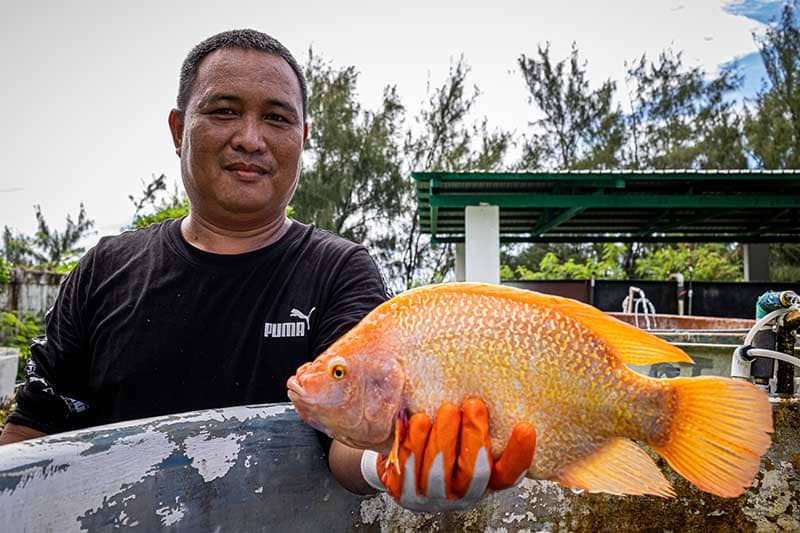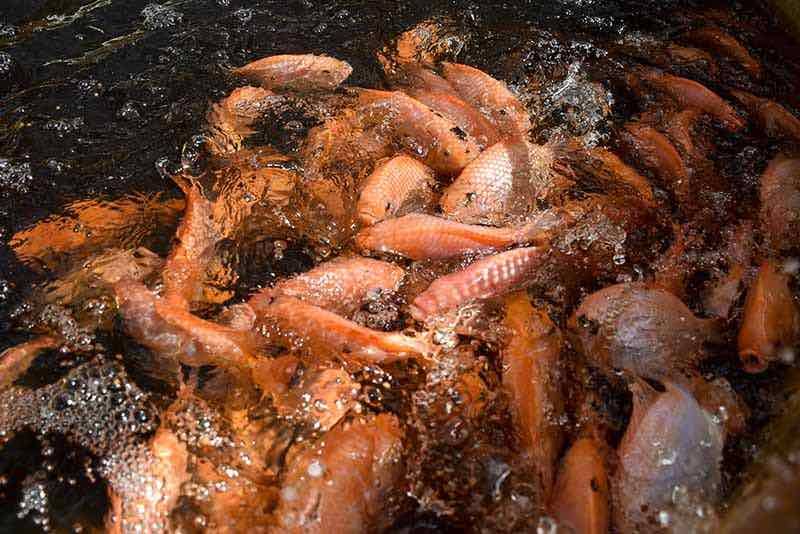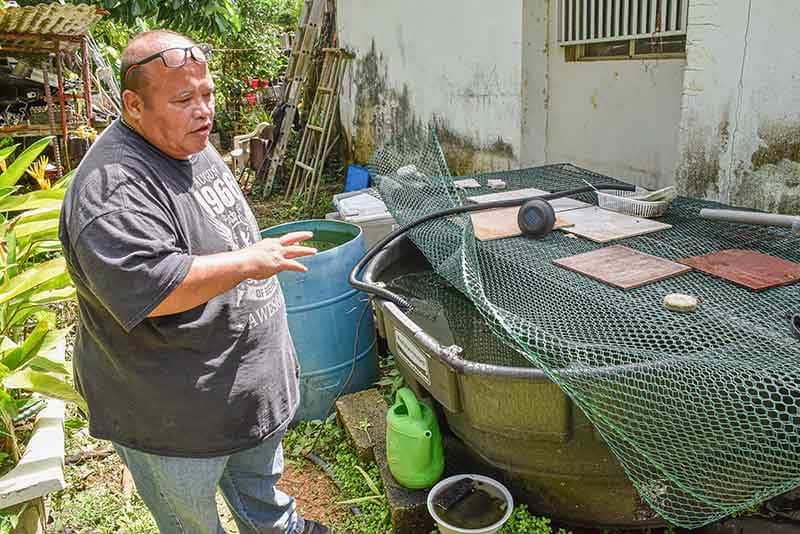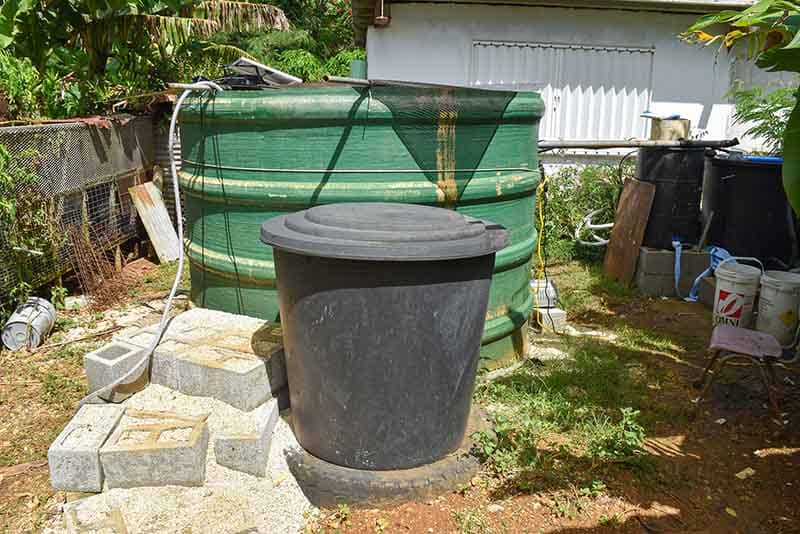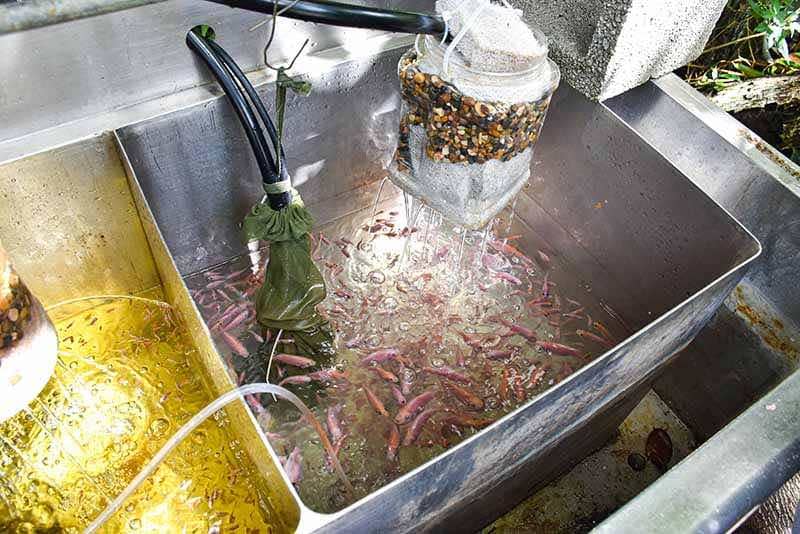UOG’s Fadian Hatchery: Nurturing an interest in backyard fish farming
UOG’s Fadian Hatchery: Nurturing an interest in backyard fish farming
UOG’s Fadian Hatchery: Nurturing an interest in backyard fish farming
6/30/2022

By John I. Borja
What started off as a favorite pastime is now a long-term investment for Malojloj resident Andrew Manglona, who has turned to farming tilapia as a source of sustenance.
Manglona is among more than a dozen backyard aquaculture farmers who have purchased tilapia from the Guam Aquaculture Development & Training Center since the University of Guam entered a public-private partnership with CoreSeed Aquaculture (Guam) Corp. to operate the facility in January 2020.
“I’m not currently in the business of selling fish that I raised. Instead, I give them to family and neighbors to eat. It’s just part of our culture to share with others,” Manglona said.
Also known as the Fadian Hatchery, the center raises tilapia and shrimp for research, export, and local consumption under the Western Pacific Tropical Research Center, the research arm of the UOG College of Natural & Applied Sciences.
Manglona’s journey as a tilapia farmer began in 2008, when he bought his first batch of tilapia from the UOG hatchery. Admittedly, was not too keen on how to care for them at first.
“There’s a lot you have to know about before you even try to attempt raising these fish, and I had to learn that through experience,” Manglona said. “So on and off over the years I had just been starting off small and as a hobby so I [could] keep learning.”
Becoming a tilapia farmer
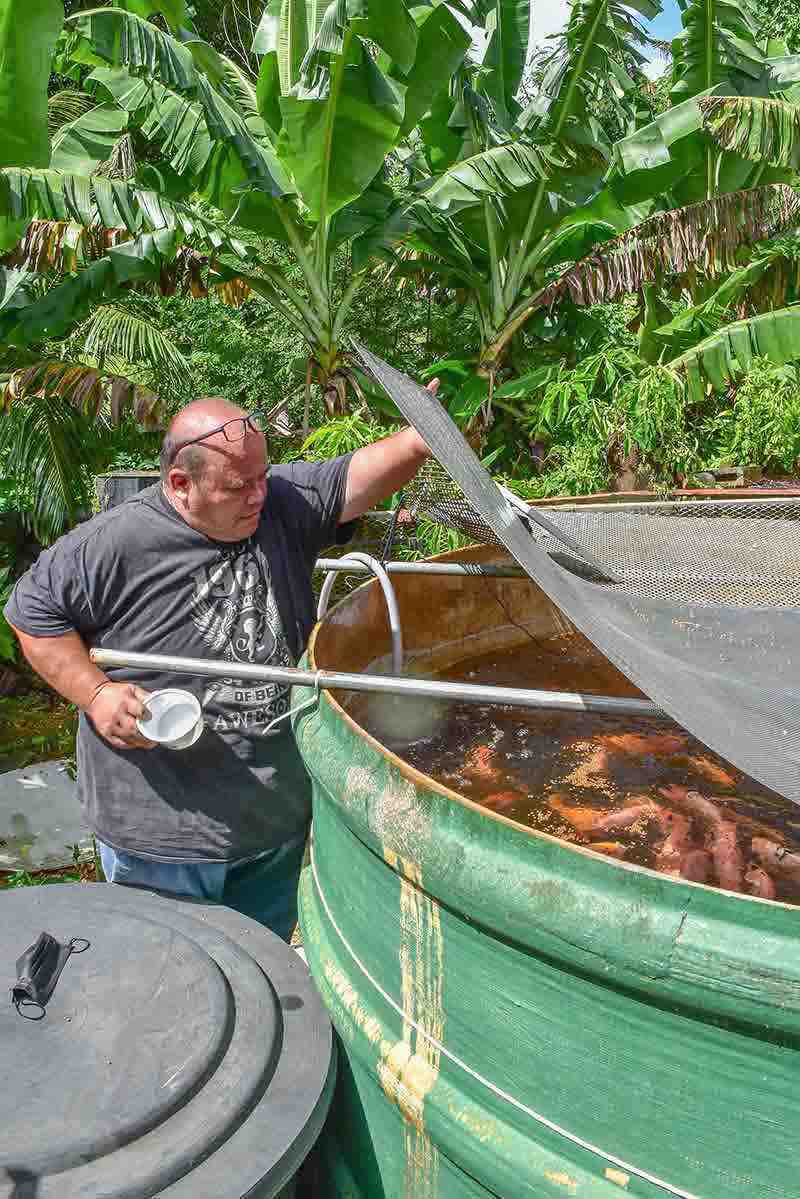
Tapping on familial resources and his experience in engineering, he found a home for his tilapia in a repurposed 4,000-gallon fuel storage tank that was previously used to catch rainwater for irrigation. The tank is complete with an aerator and filtration system to collect waste. To conserve water, he put together a recycling component that takes water out of the main tank, filters it, and channels it back in.
The main tank is just for the larger tilapia. Altogether, Manglona has three stations that separate his tilapia stock by their growth rate. And each station is full of life. His most recent purchase from the Fadian Hatchery included 60 tilapia fry, 30 medium-sized ones that measured between four to six inches long, and 10 that were between eight to 12 inches long.
“I’m grateful with what I receive from [the hatchery]. Everything that they give me is healthy, and they also sell feed, which they say is of higher quality. So far, I haven’t had any problems with keeping the tilapia healthy,” Manglona said.
Hefty responsibility
Simply put, managing a tilapia farm is a lot of work. Even on a small scale.
“This is a big commitment that needs a lot of planning,” Manglona said. “You have to think about the upfront costs, which can be steep if you’re buying everything new. And expect an increase in your power and water bill, depending on how your system is set up. I spend a lot of time monitoring my tank every day, too.”
Manglona said he is diligent in making sure the tank is clean, everything is powered, and nothing is leaking — responsibilities that can require up to four visual checks a day. Since he works a full-time job, his wife also assists with the farm, especially with the juvenile fish.
He has a power generator and batteries as backup in the event of an outage, and he is in the planning phase of installing a rainwater catchment system. These are just a few of the factors interested farmers need to consider when starting up, he said.
While Manglona managed to create a system he can work with, he looks forward to seeing tilapia farming bloom across the island with the increasing opportunities for training. He also hopes there will be more financial assistance for backyard farmers like himself to continue this subsistent lifestyle.
Fruitful partnership
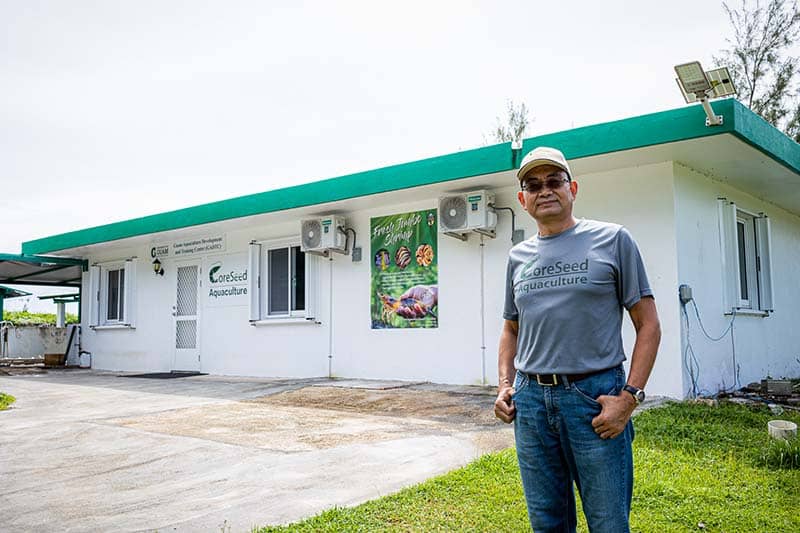
“In the last two and a half years, we’ve sold to hotels and restaurants and about 12 to 15 backyard farmers. For the farmers, they purchase anywhere from 50 to 200 tilapia of varying sizes per visit,” Jiang said.
Locally sourced tilapia have an edge over imported ones, Jiang said, as they can be purchased without the risk of pathogens or harmful chemicals from preservatives. The hatchery maintains a high level of biosecurity to ensure none of its livestock are unhealthy or contract disease.
Jiang said ultimately, the partnership between UOG and CoreSeed has been a “win-win” scenario.
“UOG provided CoreSeed with a space to work, so, in turn, we have revitalized the facilities and also provided opportunities for students, scientists, and visiting scholars to visit, learn, and train with us,” Jiang said.
The hatchery also sponsored 500 tilapia for UOG Sea Grant to aid in their training and outreach to the community, he said.
With continued partnerships among private businesses and farmers and a space for research, Jiang said he is hopeful the hatchery can grow to accommodate a larger capacity. More awareness of aquaculture techniques in the local market may also pique interest for the community, hopefully in realizing the untapped potential of this industry, he added.

